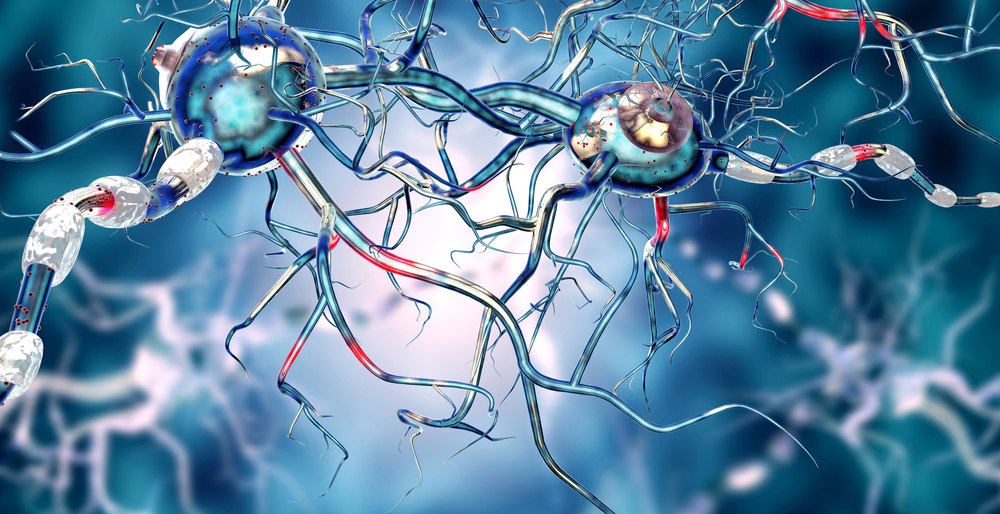Another Protein Plays a Role in Spreading Harmful Alpha-synuclein in Parkinson’s, Mouse Study Shows

Scientists have linked the clumping of alpha-synuclein protein to Parkinson’s disease, and a study in mice indicates that the clumps accumulate and spread by interacting with the protein responsible for mad cow disease.
What scientists call the cellular prion protein, or PrPc, is associated with the development of a number of rare neurodegenerative disorders known as prion diseases. One is bovine spongiform encephalopathy, or mad cow disease.
The connection between alpha-synuclein and the cellular prion protein gives scientists more insight into the underlying mechanisms of neurodegenerative diseases — understanding that could him them develop new targets for therapies.
Italian researchers published their study in Scientific Reports. Its title is “α-Synuclein Amyloids Hijack Prion Protein to Gain Cell Entry, Facilitate Cell-to-Cell Spreading and Block Prion Replication.”
Alpha-synuclein accumulation is a hallmark of a group of neurodegenerative diseases collectively known as synucleinopathies, which include Parkinson’s, dementia with Lewy bodies, and multiple system atrophy.
But how the clumps form and spread remained a mystery until the Italian study.
“Several mechanisms of cell-to-cell spread have been proposed (endocytosis, receptor-mediated endocytosis, exosomes, tunneling nanotube formation, etc.) and most probably all of them contribute to some extent to α-Syn aggregate propagation,” the researchers wrote.
The team from the International School for Advanced Studies, or SISSA, discovered that cellular prion protein increases the clumping and spread of alpha-synuclein.
Prions are small particles composed of an abnormally folded protein that cause progressive neurodegenerative conditions. A structural anomaly in one prion can be transmitted to normally folded prion proteins, spreading the disease like a viral infection.
The Italian team, led by Professor Giuseppe Legname, found that PrPC binds to alpha-synuclein, facilitating the accumulation and spread of alpha-synuclein clumps.
Researchers first made the discovery in lab cultures of mice neurons. When they compared cells with and without PrPc expression, they noticed that the lack of the prion protein prevented alpha-synuclein accumulation.
The team then confirmed their observation in mice. They found that mice expressing PrPc had more alpha-synuclein clumps than mice without PrPc.
They also discovered that while the prion protein helps trigger the development of synucleinopathies, alpha-synuclein deposits interfered with prion multiplication by binding to PrPc.
“The inhibitory effect we observed is most readily explained by alpha-synuclein amyloid binding to PrPC on the cell surface, which blocks the docking of PrPSc template for further replication,” they explained.
Overall, “the potential function of PrPC in binding and mediating cell-to-cell spread of alpha-synuclein amyloids offers an intriguing new role for PrPC and opens new venues of research,” their study concluded.





